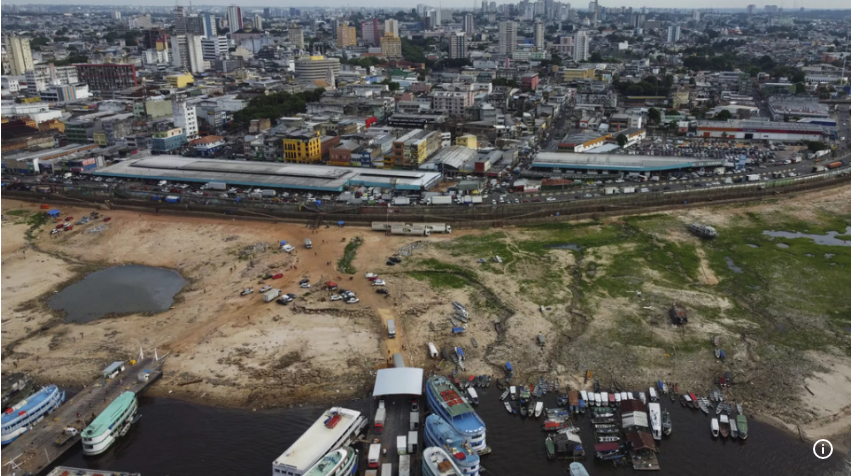Latest
Tensions Rise at Volkswagen Over Cost-Cutting Measures and Union Pay Demands

Volkswagen’s industrial relations are facing increased strain as the company’s management seeks to implement significant cost-cutting measures, clashing with union demands for a 7% pay rise. The dispute escalated during collective bargaining negotiations at Hanover’s Herrenhausen Palace on Wednesday, where both sides presented their stances.
Volkswagen’s chief negotiator, Arne Meiswinkel, emphasized the urgency of the situation at the company’s German plants. “The situation at our home location in Germany is very serious,” Meiswinkel said, adding that maintaining Volkswagen’s competitiveness would require significant reductions in labor costs and the use of temporary workers.
“We are committed to Germany as a business location and to industrial jobs,” Meiswinkel stated, “but this cannot be achieved without contributions from the workforce. We need sustained cost reductions and a future-proof structure for our working conditions.”
Germany’s largest union, IG Metall, has rejected the company’s proposed austerity measures, with negotiator Daniel Friedrich expressing disappointment at the lack of progress. “Our demands and arguments have been known for months,” Friedrich said. “It is a pity that the employers did not present an offer today. We expect them to enter into serious negotiations quickly and to present employees with a substantial offer in the second round of talks.”
The current collective bargaining agreement covers roughly 120,000 workers at Volkswagen plants in Wolfsburg, Braunschweig, Hanover, Salzgitter, Emden, and Kassel. Job security has emerged as a critical issue, with Daniela Cavallo, head of Volkswagen’s Works Council, stating that job protection is “non-negotiable.”
The automaker has been grappling with mounting challenges, including rising production costs, declining sales in Europe, and increasing competition in key markets like China. The underperformance of Volkswagen’s electric vehicle (EV) lineup has also added to the financial pressure. Earlier this month, the company denied reports that 30,000 jobs were at risk but confirmed it was considering various cost-saving measures, including ending a three-decade-old job protection agreement that would have prevented layoffs until 2029.
For the first time in Volkswagen’s 87-year history, the company is reportedly considering closing plants in Germany, further intensifying negotiations. Despite three hours of talks, no agreement was reached, and tensions between management and the union remain high. The next round of negotiations is expected to continue in the coming weeks.
Latest
Flash Floods Devastate Thai Elephant Sanctuary, Killing Two Elephants and Forcing Evacuations
Latest
Severe Drought Causes Record Low Water Levels in Brazil’s Negro River
Latest
Oxford Scientists Develop First Ovarian Cancer Vaccine in Groundbreaking Research
-

 Entertainment1 year ago
Entertainment1 year agoMeta Acquires Tilda Swinton VR Doc ‘Impulse: Playing With Reality’
-

 Business1 year ago
Business1 year agoSaudi Arabia’s Model for Sustainable Aviation Practices
-

 Business1 year ago
Business1 year agoRecent Developments in Small Business Taxes
-

 Home Improvement12 months ago
Home Improvement12 months agoEffective Drain Cleaning: A Key to a Healthy Plumbing System
-

 Politics1 year ago
Politics1 year agoWho was Ebrahim Raisi and his status in Iranian Politics?
-

 Business1 year ago
Business1 year agoCarrectly: Revolutionizing Car Care in Chicago
-

 Business1 year ago
Business1 year agoSaudi Arabia: Foreign Direct Investment Rises by 5.6% in Q1
-

 Sports1 year ago
Sports1 year agoKeely Hodgkinson Wins Britain’s First Athletics Gold at Paris Olympics in 800m



















